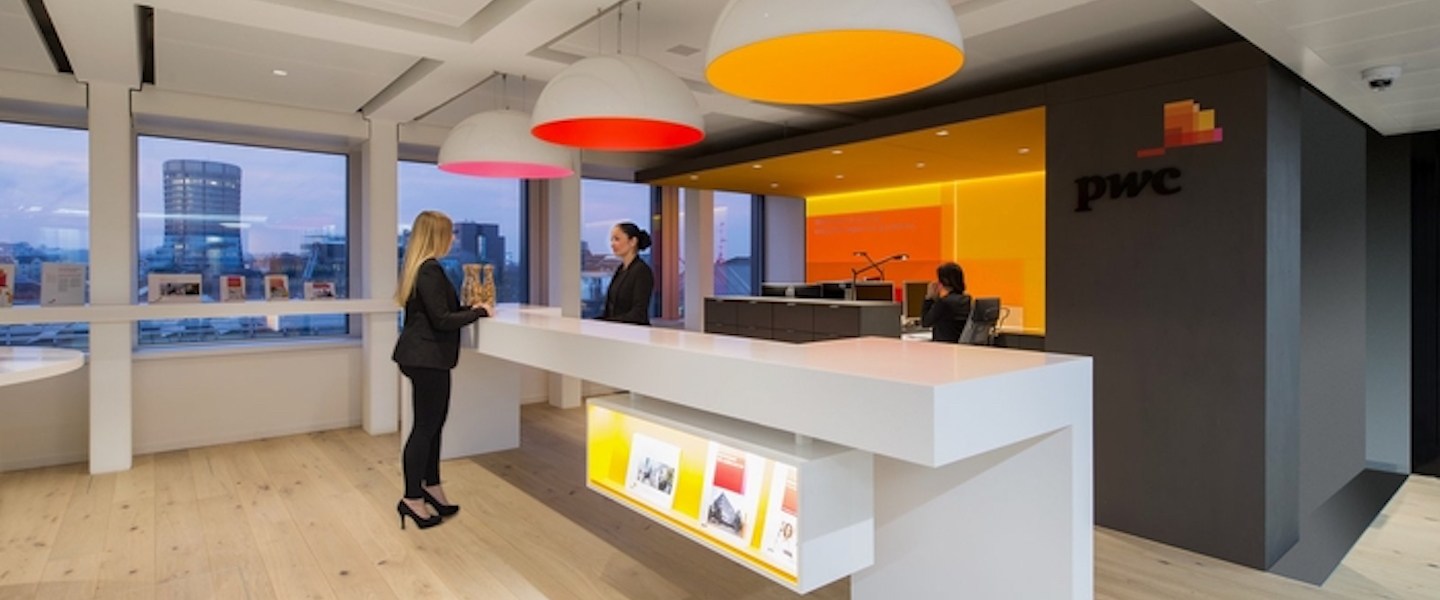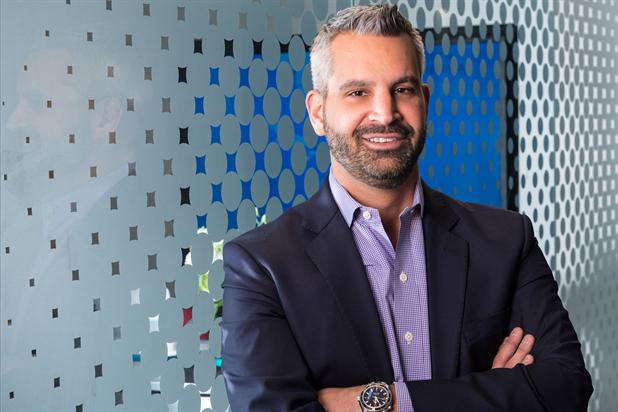There’s a hidden back door in the agency world that allows you to avoid retainer fees for a completely performance-based model. Imagine only having to pay your agency for every sale they generate for your business. This is called media buying arbitrage.
Explaining Media Buying Arbitrage
Let’s say you can afford to pay $75 to acquire a customer for your business. This factors in the value you expect to receive from each customer acquired, minus your costs. Whether you’re running ads on Meta, TikTok, Google, Pinterest or elsewhere, the money you pay for every customer acquired will depend on your agency’s performance, your ability to provide them with what is needed to perform, and external factors.
Media buying arbitrage allows you to pay a flat performance fee of $75 for every customer they acquire for you. If the agency isn’t successful in acquiring customers, you pay nothing. If they are successful in achieving profitability—say you’re paying them $75 for every customer acquired, but they’re acquiring customers at $55—they’re able to arbitrage the difference to make their profit and scale volume with the campaign.
Compared To Traditional Agencies
Not having to pay a retainer means having the flexibility to work with multiple agencies at a time. No agency is best at everything—there are so many traffic sources to advertise on—and it’s more common for agencies to have a few core areas of expertise. Being able to work with multiple channel experts as opposed to one that proclaims to be an expert in everything can be a massive advantage.
This lets you test much quicker, allowing you to gain learnings about what messaging, creative, landing pages and traffic sources resonate with your customers and most cost-effectively generate revenue. Being able to rely on multiple traffic sources is another advantage in itself, making you less risk-prone. If one channel goes down, you’ll have multiple others to rely on for consistent revenue.
The static nature of the performance fee can make your business less susceptible to seasonal fluctuations and provide cost consistency related to customer acquisition.
Benefits To The Agency
The agency isn’t necessarily getting the short end of the stick in this arrangement either. Many agencies actually prefer performance-based relationships. For one, they can work with a much larger number of brands. Since they’re only being paid to perform, these agencies test campaigns quickly and often to find their next profitable campaign.
There’s also a mutual responsibility between the brand and agency that’s created with performance-based partnerships. Building a successful agency relationship is a collaborative effort. Your agency will need your help to provide product knowledge, category insights, historical data, decision-making authority and more. When you’re paying several thousand a month in retainer fees, it may feel like the agency is winning in this arrangement no matter how they perform. Accordingly, more of the onus tends to be put on the agency. When it’s performance-based, everyone is incentivized with the goal to generate new customer acquisition.
Limitations To Consider
As quickly as a media buyer can start a campaign, they can end it just as fast, especially if they don’t see a quick path to profitability. Finding partners that will take the time to learn, iterate and test until they reach their winner are hard to come by. Without the cushion of a monthly retainer paying the bills, they can only lose so much of their own money to make your business work.
Test budgets and loss pools are popular ways of mitigating large upfront losses. This consists of paying the agency to cover advertising budgets for initial testing or covering losses up to a pre-agreed-upon amount. This is especially important for traffic sources, landing pages or products that are new or untested. This gives the agency the ability to gather initial data to identify opportunities to optimize and scale the campaign.
Although your agency may be incentivized to generate sales for your business, the quality of those sales should also be taken into account. It’s important to set traffic quality expectations before activating a new agency. This includes continuous monitoring of average order values, order cancellations and adverse customer responses.
How To Leverage Arbitrage Relationships
You can find agencies and media buyers to work with on performance-based networks. Many of these networks are segmented by vertical, with health and wellness, consumer tech and subscription services being popular categories. Some of the more popular networks include Squaredance, Madrivo and GiddyUp.
There are also agencies that will help you to find performance-based partnerships and manage these relationships for you. These often come with a monthly retainer. Nevertheless, working with one of these agencies can allow you to gain access to multiple partners, each with individual channel expertise.
Don’t be afraid to reach out to an agency directly that sparks your interest. You’d be surprised that some agencies would rather take a larger performance fee than a cushy retainer with a percentage of ad spend. If they’re a true channel expert and are confident in your product, the only last piece of the equation is you being a good partner to them.
Feature Image Credit: getty
By Mustafa Saeed
Co-Founder & Growth Chief at Paul Street. Read Mustafa Saeed’s full executive profile here.
Follow me on Twitter or LinkedIn. Check out my website.






